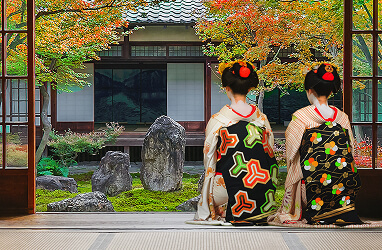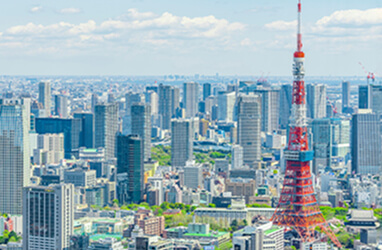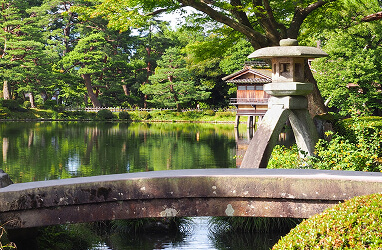
Japanese Activity
-Kimono-
- Home
- Kimono
Wearing a kimono in Japan is more than just donning a beautiful garment—it's an immersive cultural experience. Each kimono embodies centuries of tradition, craftsmanship, and artistic expression. Whether you're strolling through historic streets, participating in a tea ceremony, or visiting a dyeing workshop, every moment spent in a kimono becomes a deeper connection to Japanese culture. In this feature, we delve into the history of the kimono, its regional variations, and the various ways to appreciate this timeless attire.
The Evolution of Kimono Culture
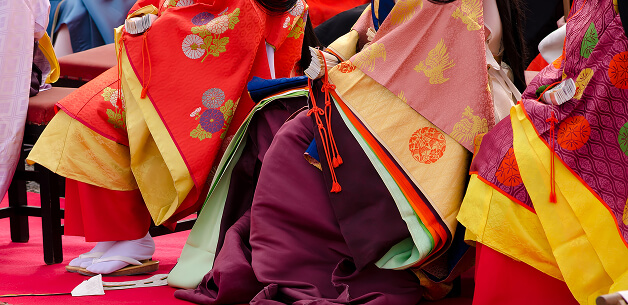
The kimono is not merely traditional clothing—it is a living symbol of Japanese culture. Over the centuries, it has reflected the values, aesthetics, and social customs of the Japanese people. Experiencing kimono is like stepping into a story woven through time. In this section, we examine the origins and cultural context of the kimono, as well as its evolution over time.
From Aristocrats to Samurai
The modern kimono traces its roots to garments introduced from China during the Nara and Heian periods (from the 7th to the mid-12th centuries), which gradually adapted to Japan’s climate and lifestyle. Layered robes varied in color and form, depending on rank and season, and were closely tied to etiquette. During the Edo period (from the early 17th to the mid-19th centuries), kimono culture had diversified, becoming a means of self-expression through the use of colors and patterns.

“Wearable Art” in the Modern Era
Although Western clothing became mainstream in the Meiji era, the kimono remains popular today as formal attire on special occasions, such as weddings and graduations, and as a cultural experience. Rental shops, fashion shows, and artisan-led events have opened the kimono culture to both locals and international visitors. Wearing a kimono is a way to wrap yourself in Japanese aesthetics and history.
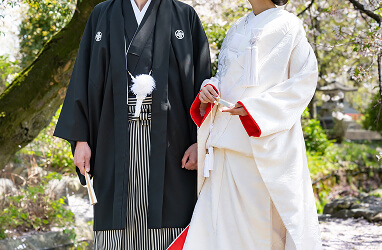
The Allure of Kimono Textiles Across Japan
Each region of Japan boasts its own unique weaving and dyeing techniques. These textiles are more than just fabric—they are cultural treasures that have been passed down through generations. As you travel, encountering local kimono styles offers a deeper appreciation of regional craftsmanship and aesthetics.
Weaving Techniques and Dyeing Colors
Kyoto’s Nishijin-ori is known for its luxurious obi sashes woven with gold and silver threads. Kanazawa’s Kaga Yuzen features calm, nature-inspired patterns, while Kyoto’s Kyo Yuzen is admired for its vivid and elegant colors. Tokushima’s Awa Ai produces deep blues through natural indigo dyeing, and Tokyo’s Edo Komon showcases its intricate stencil-dyed patterns. Each textile reflects the history and environment of its region, offering both visual beauty and cultural depth.
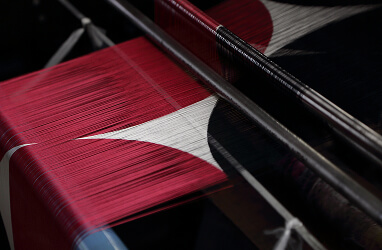
Hands-On Experiences
Many regions offer workshops where you can try your hand at traditional weaving or dyeing. In Kyoto, you can hand-weave Nishijin textiles, while in Kanazawa, you can create your Yuzen-dyed piece. Interacting with artisans and learning their techniques and stories will deepen your appreciation for the beauty and history of kimono fabrics. Adding these experiences to your itinerary will enrich your cultural journey.
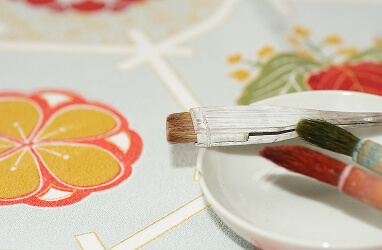
Types of Kimono and How to Enjoy Them
Kimono come in many styles and serve various purposes, from everyday wear to formal occasions. Whether you’re a first-timer or a returning visitor, you’ll find a kimono experience that suits you. This section introduces the main types of kimono and guides how to enjoy each one.
Kimono Basics
Common types include:
Furisode: Formal wear for unmarried women
Hōmongi: Semi-formal kimono for visits and events
Komon: Casual kimono with all-over patterns
Yukata: Lightweight summer kimono for festivals or relaxed outings around town
Recently, remade kimono for casual outings and easy-to-wear ready-made styles have also gained
popularity. Knowing the types of kimono helps you choose the right style for the occasion.

The Joy of Wearing and Bringing It Home
Kimono experiences go beyond just wearing them. Accessories like obidome (sash clips), kanzashi (hair ornaments), and zōri (traditional sandals), as well as goods made from kimono fabric, make for popular souvenirs. The knowledgeable staff can help you coordinate colors and styles. Many plans also include photo shoots, tea ceremonies, or walking tours, making your memories even more special. Embrace Japanese culture in your style—and take a piece of it home with you.
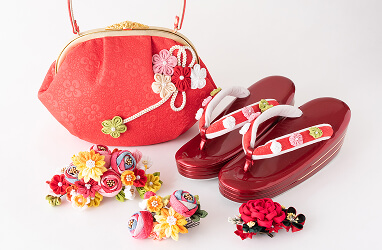
Make Your Kimono Experience Truly Special
Our curated tours in Kyoto, Tokyo, and Kanazawa offer customizable kimono experiences. Select your preferred tour and consult with your guide after booking to tailor your journey to your specific needs.
